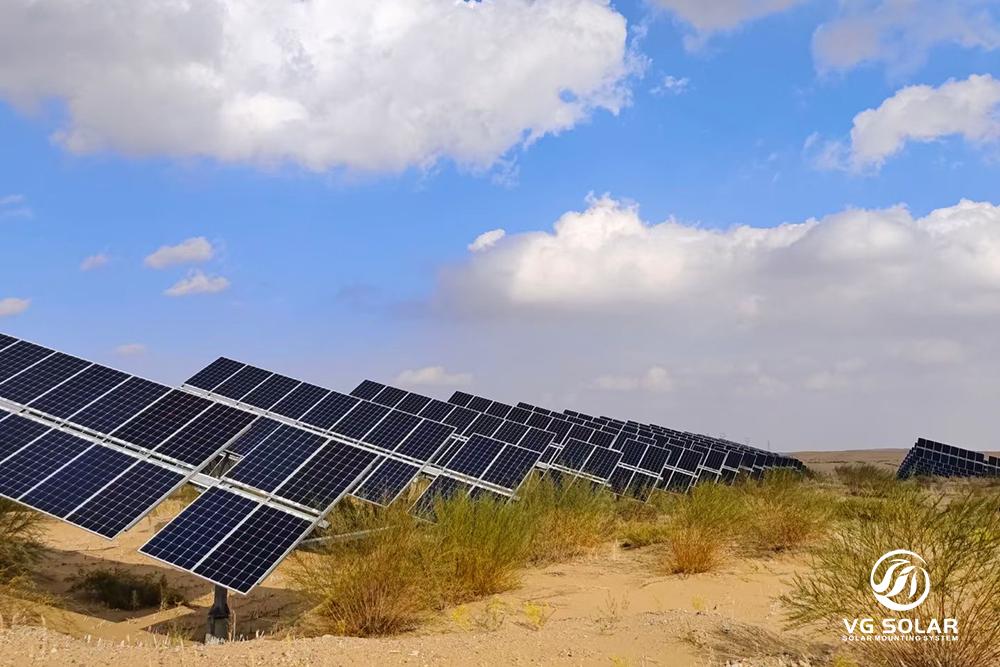Photovoltaic tracking systems have revolutionised the way solar energy is harnessed and used. This cutting-edge technology changes the passive, fixed light-receiving model that traditional photovoltaic power plants have relied on for decades. Instead of remaining in a fixed position and only receiving sunlight for a limited time each day, the photovoltaic tracking system tracks the sun throughout the day, improving power generation capacity, reducing power generation costs and increasing the ability to withstand catastrophic weather.

Traditionally, photovoltaic power plants have been limited by their passive nature, producing energy only when sunlight shines directly on the solar panels. However, with the development of photovoltaic tracking systems, solar panels are now able to follow the sun's path across the sky, maximising sunlight absorption. This technological breakthrough has led to a significant increase in power generation capacity, as solar panels are now able to produce energy for longer periods of the day.
As well as increasing power generation, photovoltaic tracking systems also reduce the cost of power generation. By maximising the amount of sunlight that the solar panels can absorb, the system is able to produce more energy from the same number of panels. This means that less equipment is needed to produce the same amount of energy, reducing the overall cost of the power generation process. In addition, the increased energy output of photovoltaic tracking systems improves energy efficiency, further reducing costs for solar energy producers and consumers.
In addition, the photovoltaic tracking system enhances the ability of the photovoltaic power plant to withstand catastrophic weather. By actively tracking the sun and adjusting their position accordingly, the solar panels are able to minimise the effects of severe weather conditions such as heavy rain, high winds and even hurricanes. This increased resilience ensures that solar production can continue in the face of extreme weather events, providing reliable and sustainable energy to communities in need.
Overall, the introduction of PV tracking systems has had a profound impact on the efficiency and effectiveness of PV power plants. This innovative technology overcomes the 'passive' nature of traditional photovoltaic power plants, significantly improving power generation capacity, reducing power generation costs and increasing the ability to withstand catastrophic weather events. As the demand for clean and renewable energy continues to grow, photovoltaic tracking systems will play a key role in meeting this demand and shaping the future of solar power generation.
Post time: Jan-18-2024
